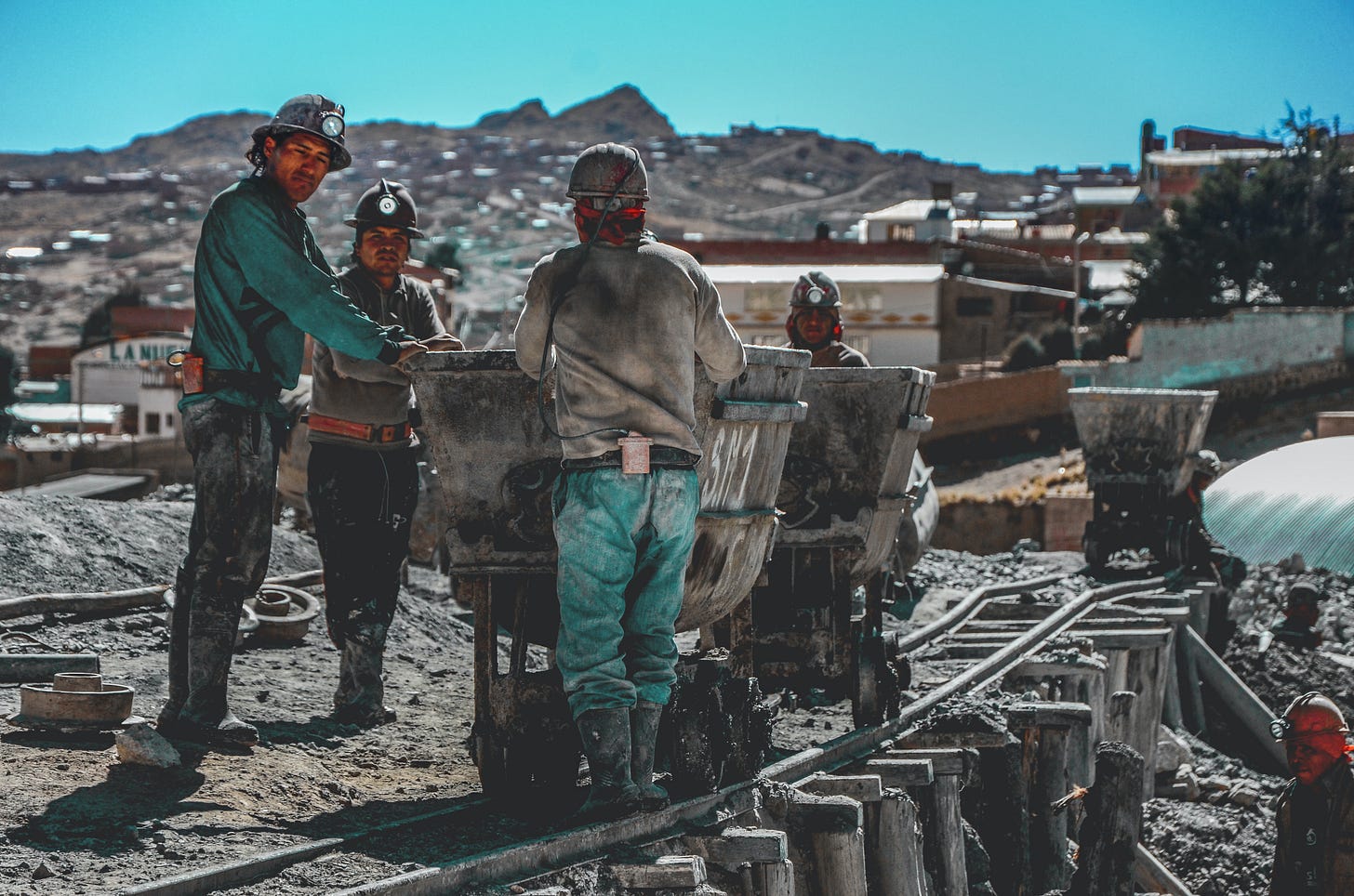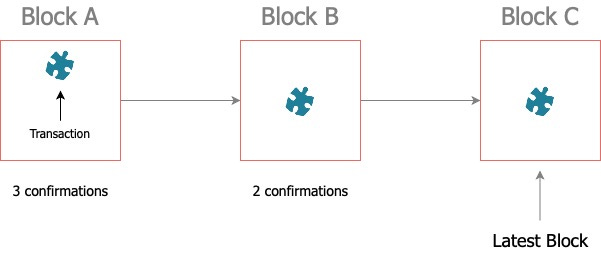Why is my bitcoin transaction taking so long?
Or why blocks and confirmations are the same thing
Bitcoin, arriving to disrupt the old brick and mortar banking, can be annoying at some situations. My favorite (or most hated) of them is the fact that after sending someone a few Bitcoins, you have to wait somewhere between 30 minutes to 6 hours for the money to arrive.
If you are a shopaholic like me, to wait your payment for 6 hours to arrive is insane! Here I’ll try to explain why this happens on the first place, and even though it is not the best user experience, why blocks and confirmations is exactly what makes Bitcoin great and revolutionary.
But first, let’s start with:
What is a block? And how is it “mined”?
A fundamental part of any blockchain, sitting at the beginning, middle and end, we have the so called “blocks”. You can imagine a block as an empty box that eventually gets filled with transactions from people all around the world trying to send their Bitcoins to other people.
For that transaction to be part of the blockchain, so your Bitcoins arrive to their destination, a miner needs to “solve” that block. To achieve this, a miner uses a lot of computational power to find a nonce which when rehashed it meets the difficulty level restrictions on that point of time. If you didn’t understand a word of the previous sentence, don’t worry, that’s why I’m writing this post.
You can think of the transactions filling this empty box (or block) as puzzle pieces, all unordered as if someone was throwing them randomly. The miner’s job is to take all of those puzzle pieces, put them together and make sure their amounts match. The first miner to achieve this, of all the miners in the world, gets a reward in form of BTC. After this happens, a new empty box will be placed next to the previous one, a bunch of transactions are gonna be thrown into there, and the process repeats itself with all the miners of the world trying to solve the puzzle again.
The result of the process of one block being solved after the other, forming a chain of blocks, is called the blockchain. No more than a bunch of boxes with transactions inside, protected by complex mathematics.
Then what is a confirmation?
When your transaction ends up on a block, and a miner solves it, your transaction has 1 confirmation. Confirmations are nothing but a counter of how many blocks have being solved since your transaction was included in the blockchain. For example, let’s imagine you submit a transaction and it gets included on the block A. When block B gets solved, your transaction will have 2 confirmations, and later on when the block C gets solved, your transaction will have 3 confirmations, and so on and so forth. Does this mean that a transaction can have 1,000,000 confirmations? Yes! You are correct. People usually accepts it after 3 or 6 confirmations to prevent double spending, which is a common fraud technique. We will talk about it on a following post.
There is not much you can do to speed them up. One option is to give a substantial fee to the miners for them to include your transaction on a block faster. But other than that, that’s how Bitcoin was designed and meant to be. I will cover alternatives to Bitcoin and their differences in future posts so make sure you subscribe to the newsletter, to receive on your inbox the latest of my thoughts on the topic.
Wait, you mentioned fees and rewards, what about those?
You are right. I’m talking about this rewards and fees without giving you more information, although the reality is that it is not complex at all. Simply put, when you make a transaction, it has a cost, which at the end goes to the miner who manages to solve first the block. That’s the incentive for miners to participate in the process, no one likes to work for free that’s for sure. And added to the transaction fees, every time a block gets solved, it prints new Bitcoins which will arrive at the miners address.
This is why every miner wants to solve as fast as possible every block, and why you see this crazy TV reports where people have a thousand computers “mining bitcoins”. So they get both the fees and rewards.
Recap
At the end of this post I hope you can go and explain to your buddies at work that:
A block is like a box full of transactions which look like a puzzle
There’s people called miners who try to solve this puzzle to win a reward
The number of confirmations your transaction has, depends on how many blocks were solved later in time
When you make a transaction, you pay a fee which the miner receives after solving a block



This is absolutely brilliant. I love the easy way but interesting explanation of what blockchain is.